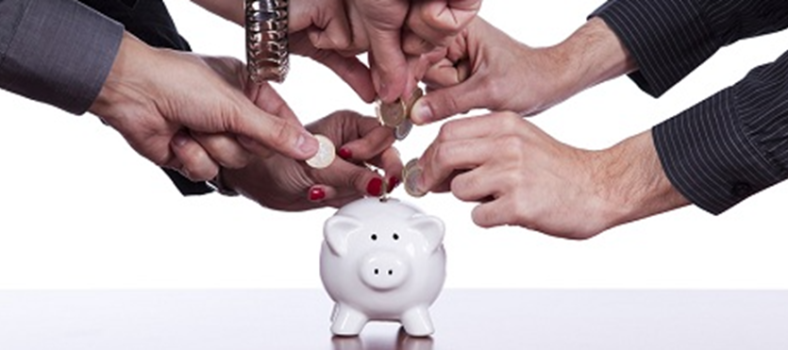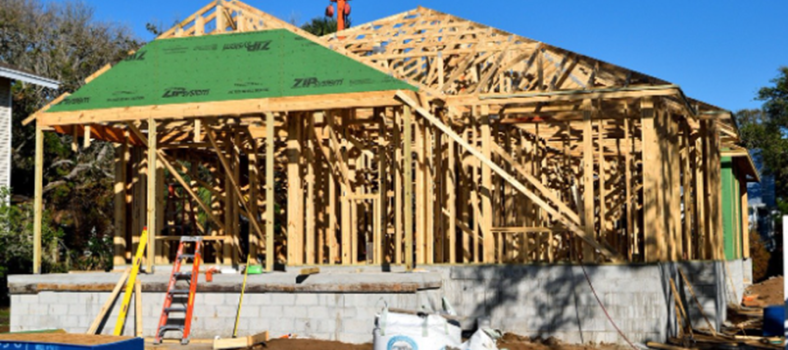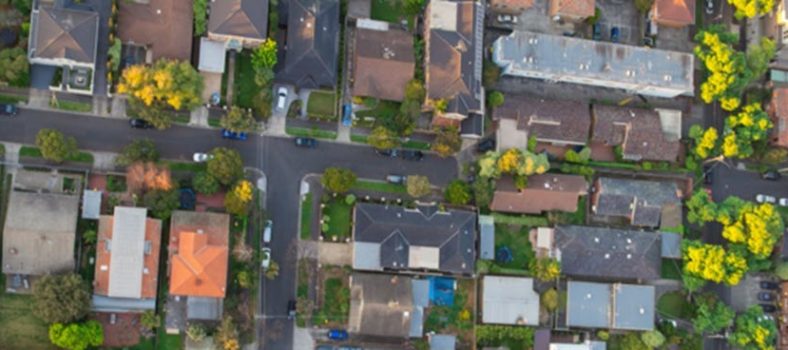Property Investing in Australia: Criteria for Making Smarter Choices
You’re all excited about the prospect of being a real estate investor. That’s where the money is, right? It’s also pretty easy to pull off, or so you’re told. All you need to do is buy property, fill it with renters, and then sit back and collect checks. If only it were that simple.
Really, a lot of real estate investing lies in the research.
Affordability
The first criteria you should look at, after location, is affordability. Where is the property located and how much does it cost to buy? Will the bank even lend you the money for it. Do you have anything to put down on the home?
With banks in Australia, you’ll need an initial deposit on the house, plus additional money for stamp duty and legals. If you’re new to this game, that usually means having substantial savings to get started. If you already have properties, you might be able to leverage them (take out a home equity loan) to raise the funds you need.
Potential
The potential for growth is the second criteria you need to analyse. Growth in the real estate market varies depending on where you’re located. If you’re like most people, you want to take a long-term view of your properties. Generally, this means a “buy and hold” strategy.
And while buying properties in high-rent areas is almost a sure thing, don’t overlook higher-risk neighbourhoods. They can also be high-profit neighbourhoods, even if the rent amount is low. Get enough properties in those markets, though, and your total income could outpace more conservative markets.
In general, you want to look for areas where population growth is higher than the national average, where employment demand is strong, and where there’s investment in the infrastructure. You also want to buy in areas that are diverse and robust or where resources are plentiful, demand for housing is high, and land sales are on the rise in a sustainable manner.
Rental Yield
Rental yield is how you make profit, so this is obviously something you want to consider. Specifically, you want higher than normal rental yields. If a property is in high demand, then you can demand higher rents than the average in the country. If you’re offering furnished or luxury apartments, you can raise rents even higher. Ideally, your rental yields will be somewhere north of 4 per cent.
Yields of 6 to 7 per cent are common in growth areas, with furnished apartments yielding 9 to 10 per cent – an investor’s dream.
Vacancy Rate
Vacancy is bad in the real estate market. You want bodies in buildings. Look for areas with a low vacancy rate – lower than 3 per cent. Ideally, it’ll be 2 per cent or less. Keep in mind that publicly available vacancy per cents can be several months old so don’t take them at face value.
You’ll have to beat the street, and ask around, to get the real vacancy rates as well as trends for the area you want to invest in.
Market Intelligence
Last, but definitely not lease, is market intelligence. Nothing beats a deep understanding of the local economy. For this year, some of the best areas for real estate include the Brisbane areas – north and south of CBD. In Queensland, you have Townsville, Rockhampton, Mackay, and Gladstone. Finally, Darwin, Perth, and Sydney are also showing rapidly rising rental growth.
And, while all of these areas represent “hot spots” in the country, you should never just jump into a market without spending some time getting to know the area. It might be helpful to live in a particular place for a while, for example, before dumping hundreds of thousands of dollars into it.
William Dawson has several properties in Australia. He likes to share what he has learned with up and coming investors.
Image courtesy of tungphoto / FreeDigitalPhotos.net






No Comment